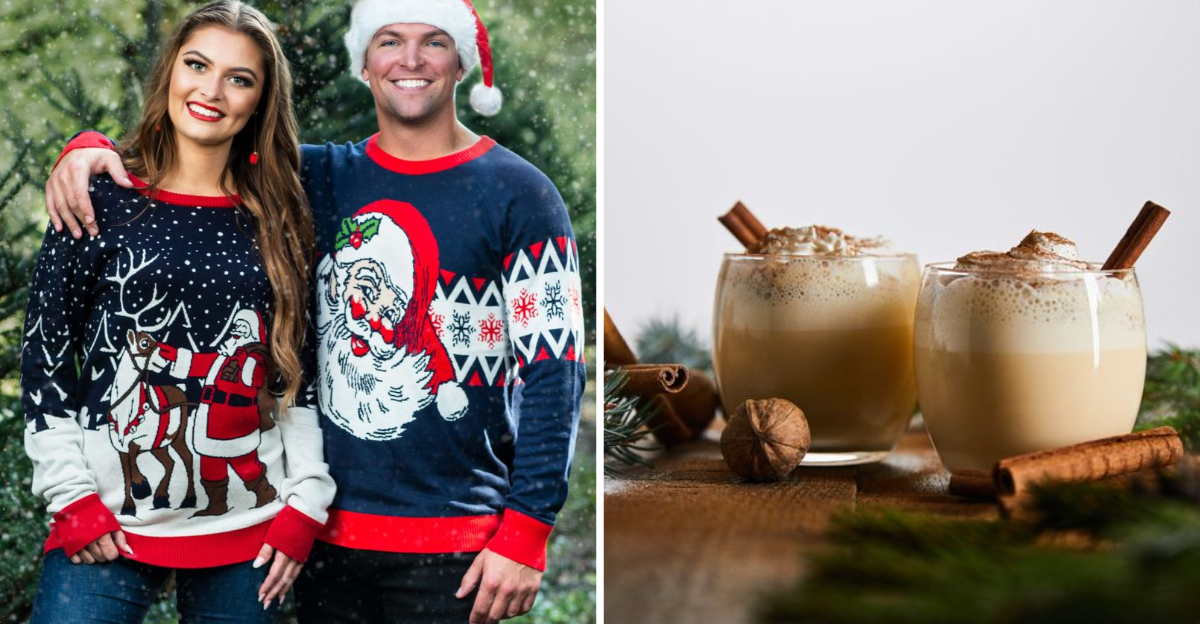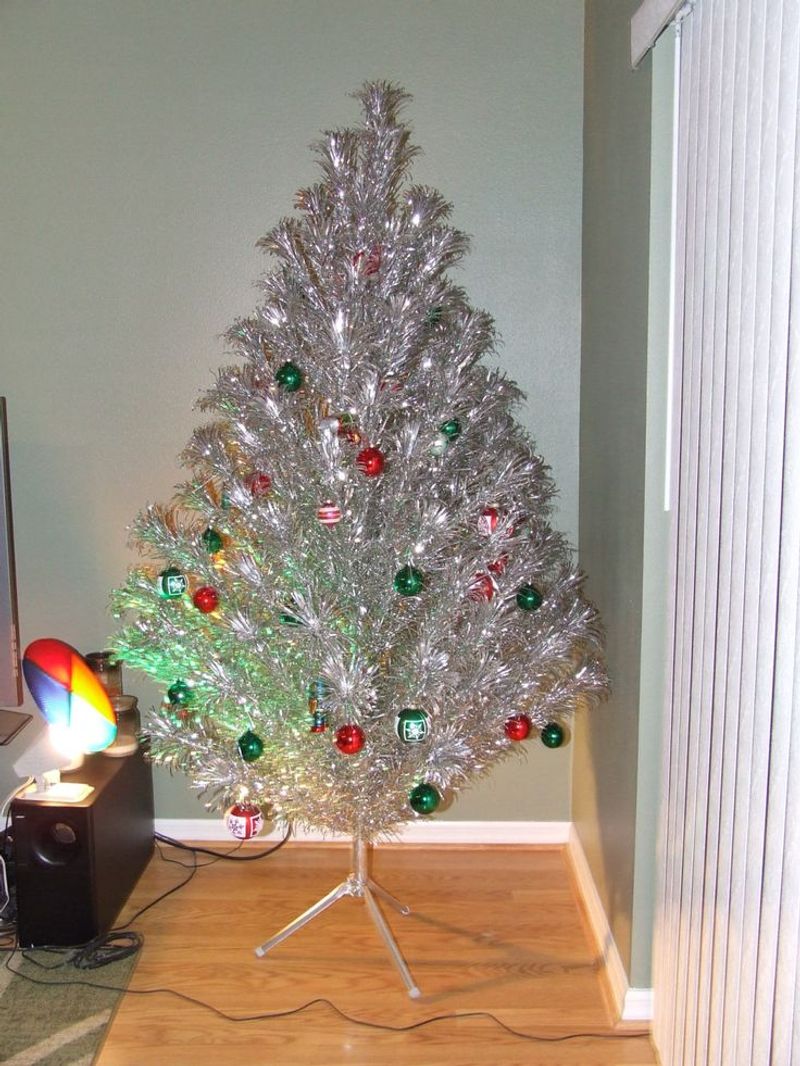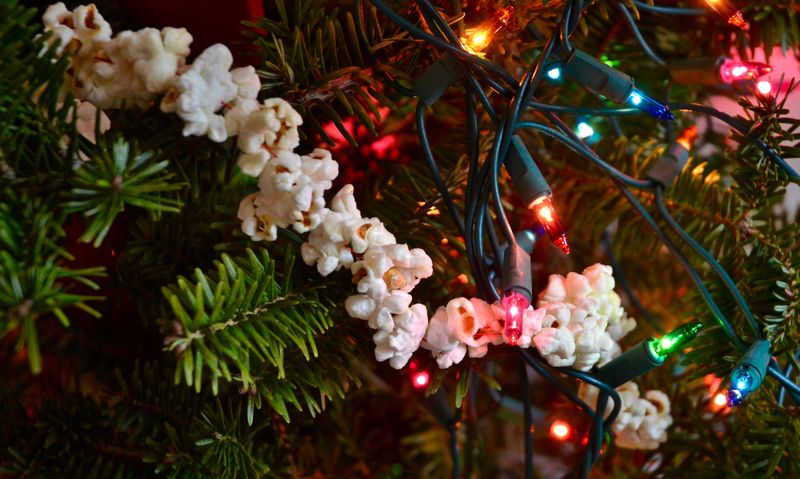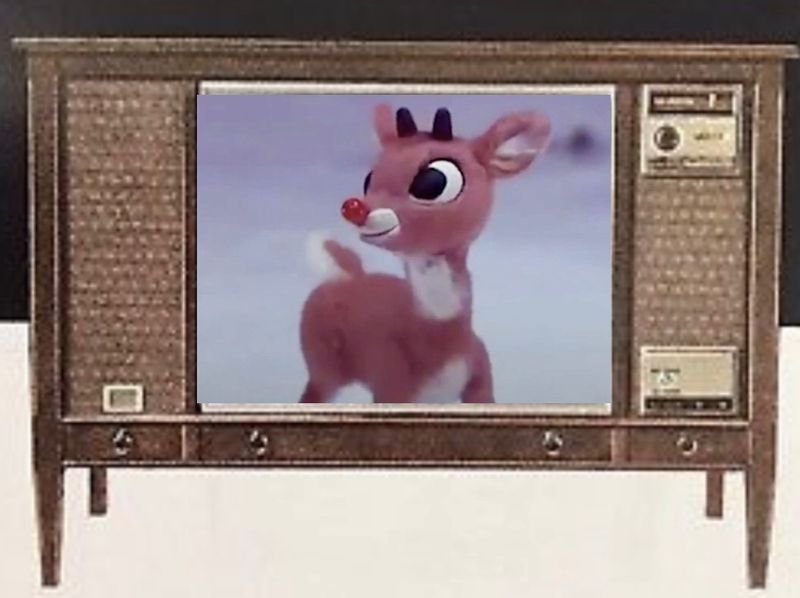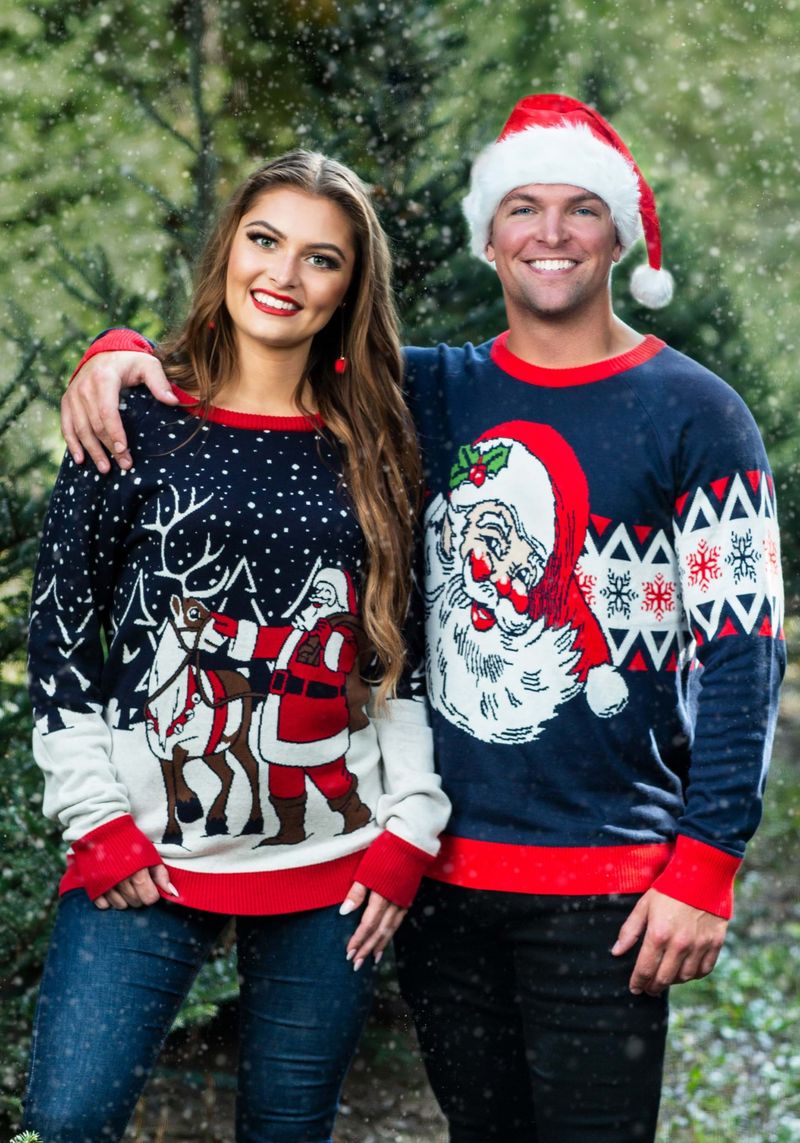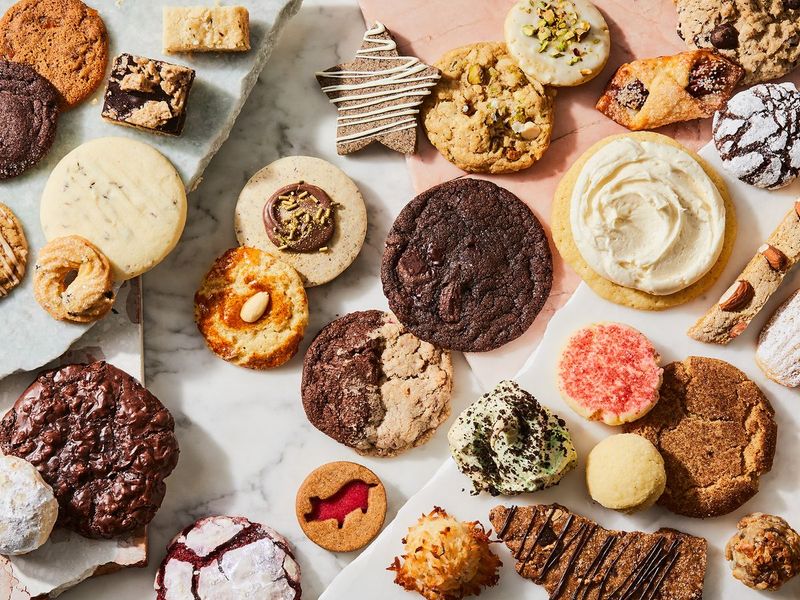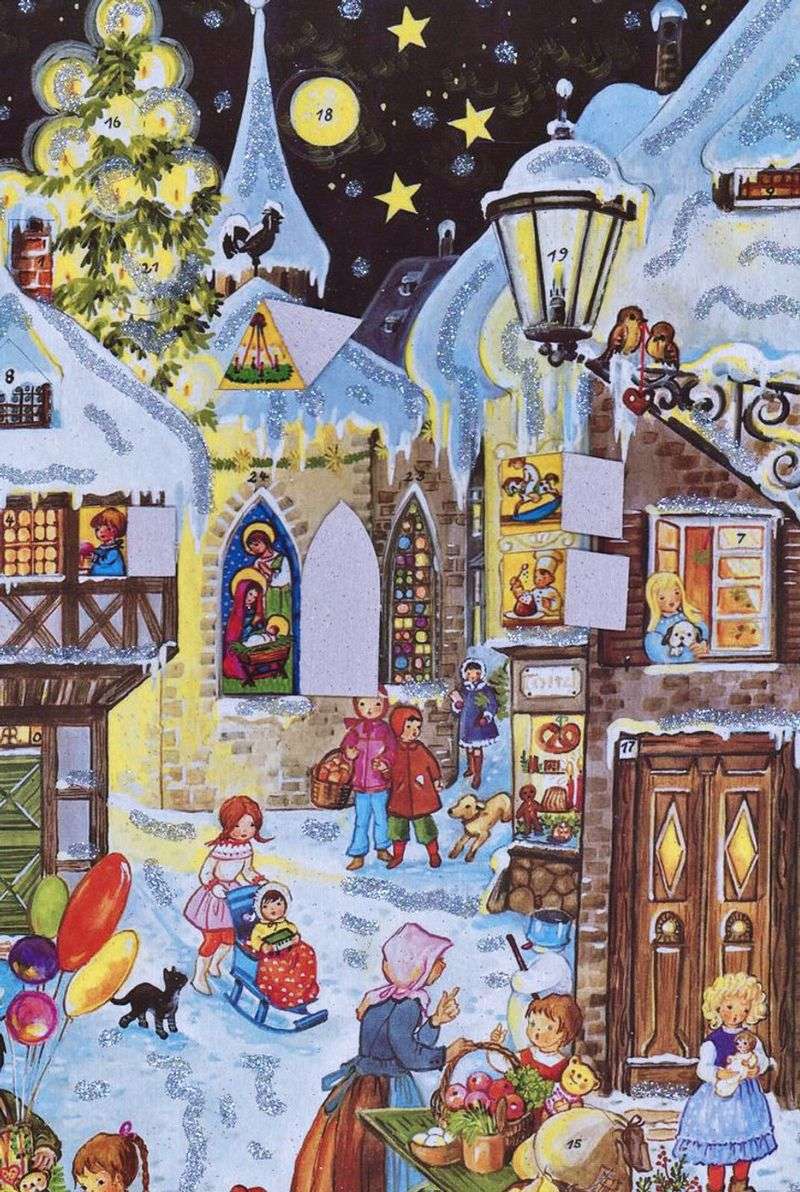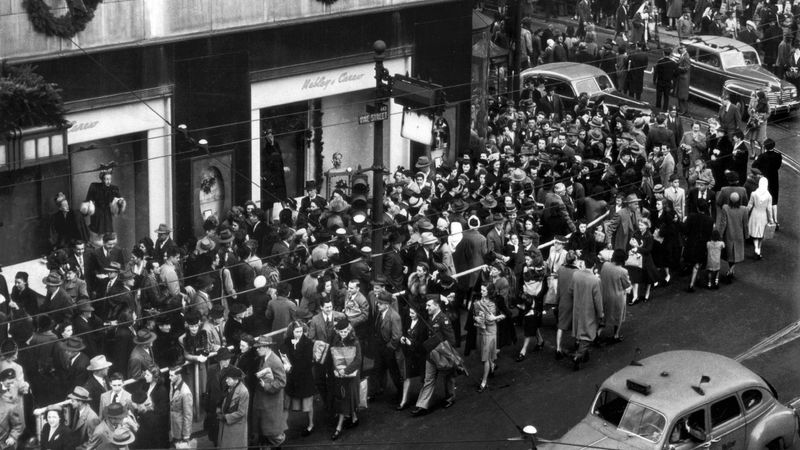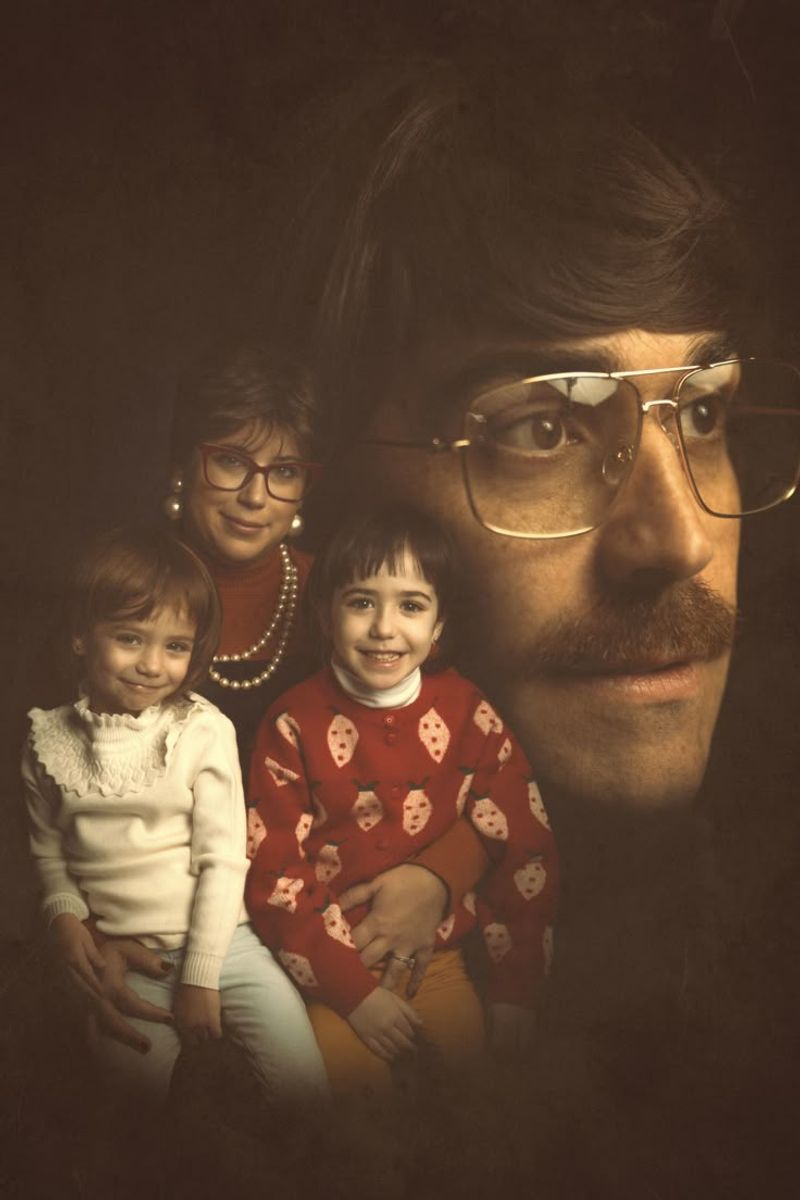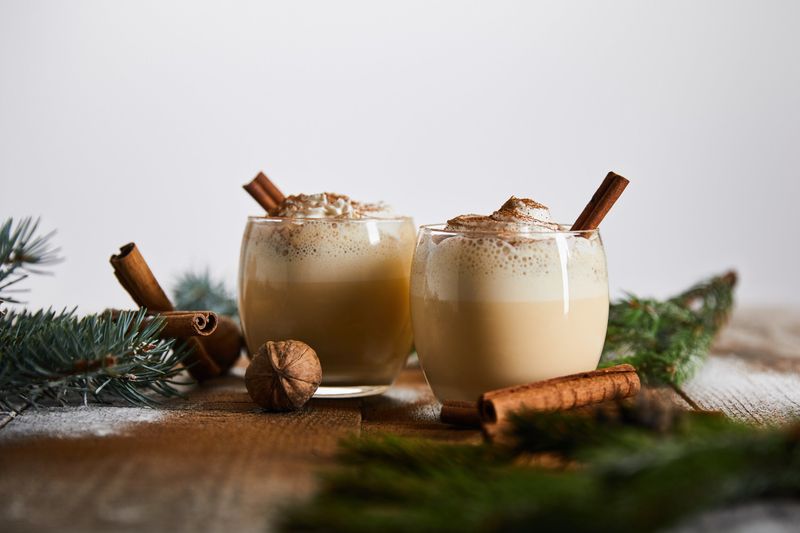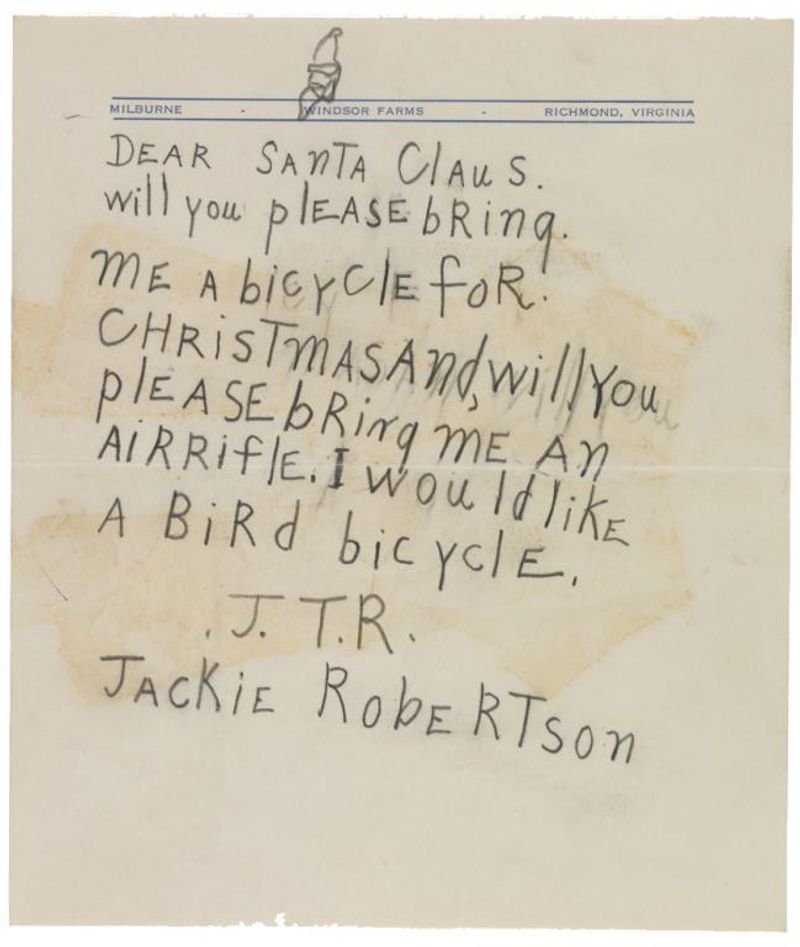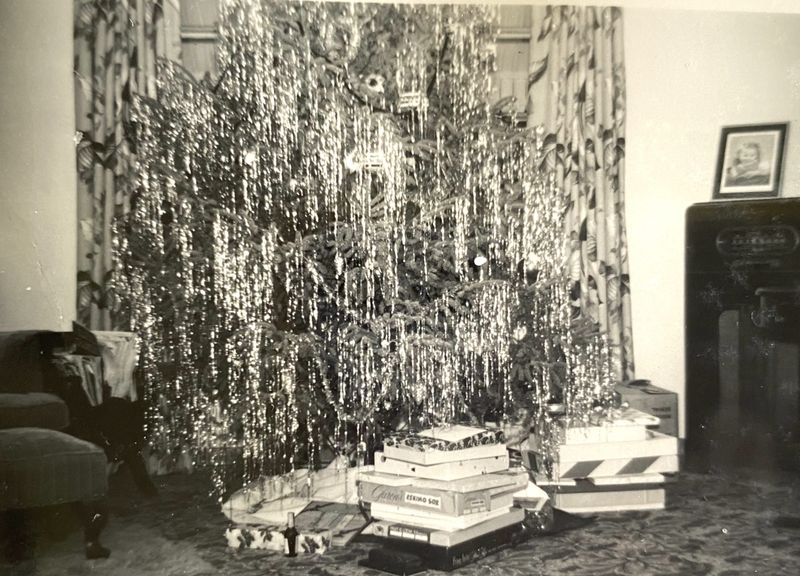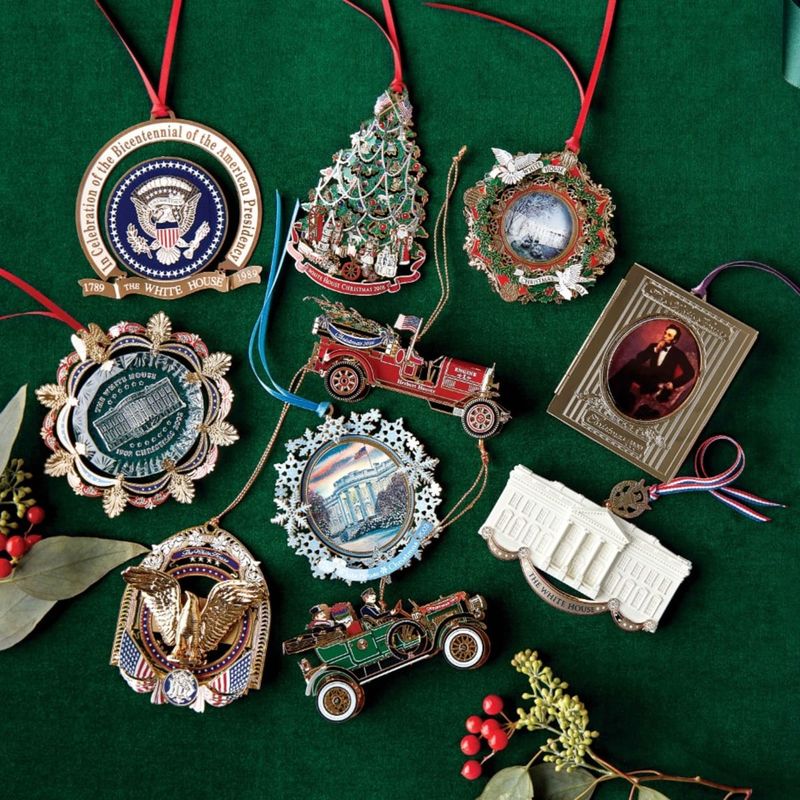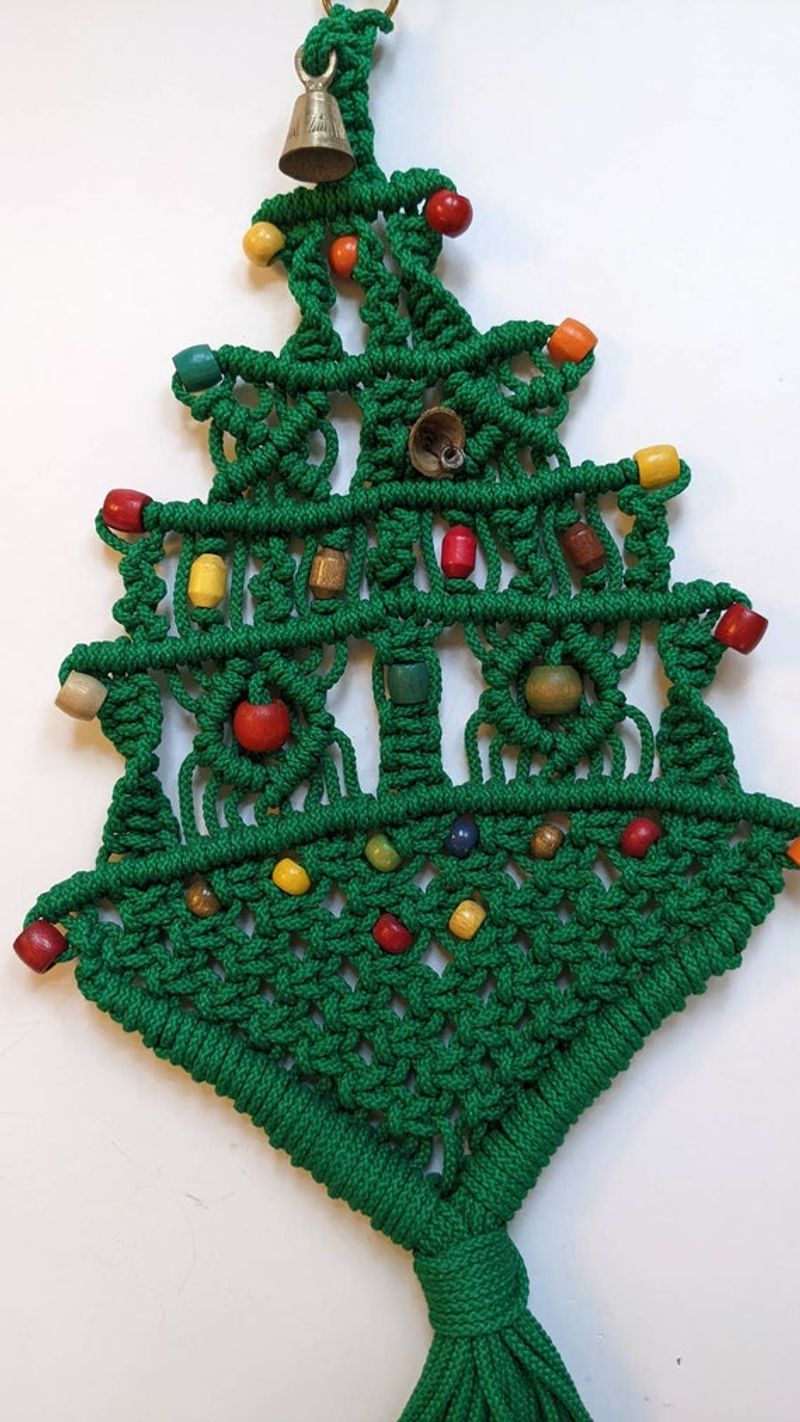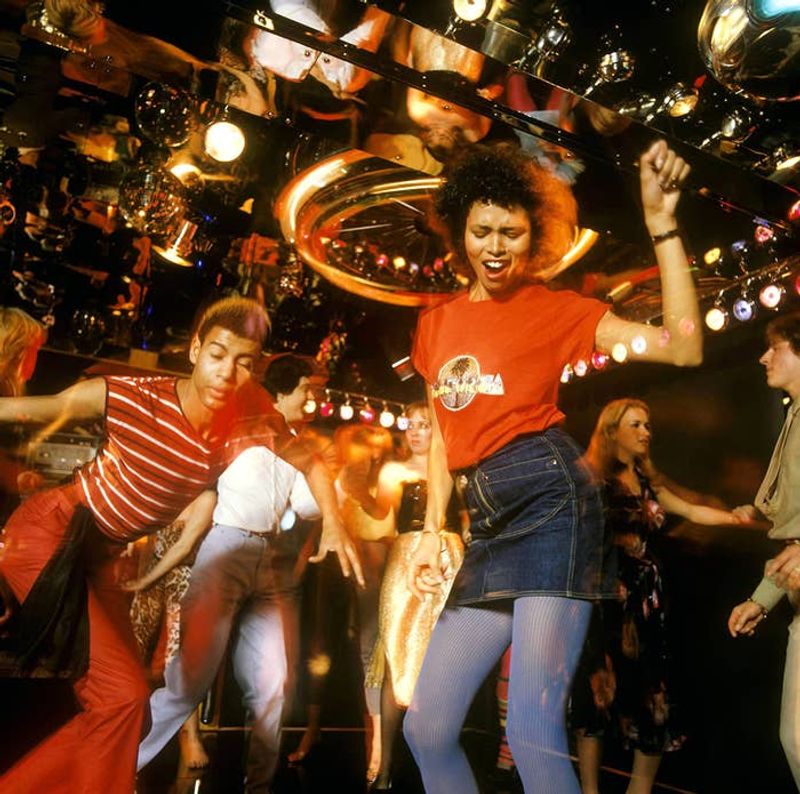Remember when holidays meant more tinsel than taste? The 1970s gave us some of the most memorable Christmas traditions that many families continue today. Bell-bottoms and disco might be gathering dust, but these holiday customs from the groovy era have stood the test of time. Take a trip back to when holiday magic came with a distinct polyester flair!
1. Aluminum Christmas Trees with Color Wheels
Silver space-age trees transformed living rooms across America into futuristic winter wonderlands. These metallic marvels didn’t need ornaments to shine – just plug in the color wheel!
As it rotated, the projector bathed the reflective branches in blue, red, green, and gold hues. Families would gather around, mesmerized by the changing colors dancing across walls and ceilings.
2. Handmade Popcorn & Cranberry Garlands
Long before expensive store-bought decorations dominated holiday décor, families created beauty from simplicity. Armed with needle and thread, parents and children spent cozy evenings stringing popcorn and cranberries into festive garlands.
The contrast of white popcorn against ruby cranberries created a rustic charm that no factory-made tinsel could match. Many hands made light work while sharing stories and building memories that outlasted the decorations themselves.
3. Must-Watch TV Christmas Specials
“Rudolph’s on tonight!” These words would send kids racing to the living room, knowing they had exactly one chance to catch their favorite holiday special each year. No streaming, no recordings – just appointment television at its finest.
The Grinch, Charlie Brown, Frosty, and Rudolph became annual visitors in our homes. Families planned entire evenings around these broadcasts, complete with hot chocolate and pajamas, creating a shared national experience across millions of households.
4. Unironic Christmas Sweaters
Grandma’s knitting needles clicked away all autumn to produce those gloriously gaudy pullovers. Reindeer pranced across chests, Santa’s face beamed from turtlenecks, and jingle bells actually jingled with every movement.
Nobody wore these woolly wonders to be funny – they were genuine expressions of holiday spirit! Family photos capture proud wearers showing off their festive attire at gatherings. The more embellishments, the merrier – sequins, pom-poms, and even battery-operated lights weren’t considered over-the-top.
5. Neighborhood Cookie Exchange Parties
The doorbell rings and another neighbor arrives clutching a tin of homemade treats. Cookie exchanges turned holiday baking into a community event where one batch of cookies multiplied into dozens of varieties.
Women (mostly) gathered in homes decorated with holly and tinsel, proudly displaying their specialties – thumbprints, Russian tea cakes, and gingerbread men. Recipe cards were swapped alongside the sweets. One afternoon of socializing yielded enough cookies to last through the season!
6. Electric Advent Calendars
Chocolate calendars? Not in the ’70s! The height of holiday technology was the electric advent calendar with its tiny light-up windows revealing festive scenes.
Each evening, families gathered for the ceremonial lighting of the next numbered window. The warm glow from these cardboard and plastic creations built anticipation throughout December. Children would argue over whose turn it was to plug in the calendar, making even this simple act part of the holiday ritual.
7. The Birth of Black Friday Madness
Department stores transformed into retail battlegrounds the morning after Thanksgiving. The term “Black Friday” took hold during the ’70s as retailers finally turned a profit – going from “red” to “black” ink in their ledgers.
Shoppers lined up for doorbusters advertised in thick newspaper inserts. Unlike today’s midnight openings, stores typically opened at 6 or 7 AM. Families mapped strategic routes between Sears, JCPenney, and Woolworth’s to maximize their gift-buying power.
8. Glamorous Family Photo Christmas Cards
The Polaroid camera captured your family in matching outfits, perhaps on a gold velvet couch. These photos became the centerpiece of meticulously addressed Christmas cards sent to everyone from close relatives to casual acquaintances.
Studio portraits featured soft-focus effects and artificial backgrounds of snowy scenes. Parents invested in coordinating outfits – often in festive plaids or solid reds and greens. The resulting cards arrived in mailboxes throughout December, displayed on special holders or taped around doorframes.
9. Eggnog & Rum Balls at Every Gathering
The distinctive glass punch bowl emerged for one season only, filled with creamy eggnog sprinkled with nutmeg. Adults hovered nearby with bottles of rum or bourbon for “adjustments” to individual cups.
Rum balls packed a serious punch – often made weeks ahead to let the flavors intensify. These no-bake treats combined crushed vanilla wafers, cocoa, corn syrup, and generous pours of dark rum. One batch fueled neighborly gossip at countless holiday open houses across suburban America.
10. Handwritten Letters to Santa
Ballpoint pens pressed hard against lined paper as children carefully drafted their Christmas wishes. These letters required planning – toy catalogs were studied for weeks to compile the perfect list.
Parents secretly intercepted outgoing North Pole mail or encouraged kids to send copies to the local newspaper. Some department stores offered special mailboxes with guaranteed delivery to Santa. The most treasured responses came on official-looking letterhead with a North Pole postmark.
11. Tinsel-Draped Christmas Trees
Silver strands transformed ordinary pines into glistening masterpieces. Applying tinsel was an art form – some families insisted on hanging each strand individually for maximum shimmer.
Others took the handful-and-toss approach, creating clumpy metallic explosions. Either way, vacuums worked overtime capturing wayward strands for months afterward. The effect was magical when lights reflected off the metallic icicles, creating a twinkling wonderland that no modern decoration has quite replicated.
12. White House Christmas Tree Ornaments
First Lady Pat Nixon started something special in 1973 – commissioning unique ornaments representing each state for the Blue Room tree. This tradition elevated Christmas ornaments from mere decorations to collectibles.
Families began purchasing the annual White House ornaments, creating their own collections that grew each year. These brass beauties commemorated historical events and presidential milestones. Unlike trendy decorations that came and went, these pieces became treasured heirlooms passed between generations.
13. Macramé and Handcrafted Ornaments
Craft stores couldn’t keep macramé cord in stock during holiday seasons. Workshops in community centers taught eager crafters to create knotted snowflakes, angels, and tree skirts.
Styrofoam balls transformed into elegant decorations when covered with fabric, ribbons, and sequins. Magazine spreads featured step-by-step instructions for felt stockings and yarn-wrapped candy canes. The handmade movement reflected both economic necessity and the decade’s emphasis on personal expression through crafting.
14. New Year’s Eve Disco Celebrations
Mirror balls cast spinning light patterns across living rooms as families and friends rang in new years. The soundtrack shifted from Christmas carols to Donna Summer and the Bee Gees as December 31st arrived.
Home parties featured cheese fondue, Harvey Wallbangers, and platters of deviled eggs. Midnight called for noisemakers, paper hats, and glasses shaped like the incoming year. The countdown wasn’t led by Times Square – Dick Clark’s New Year’s Rockin’ Eve, which debuted in 1972, became the nation’s collective timekeeper.
